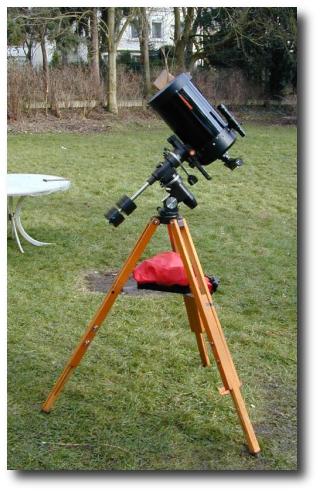 Welcome to my Astronomy pages. On the left, you can see the instrument I use for observing: A Super Polaris C8 which I bought from the States back in 1994 or so from wholesale optics of Pennsylvania, which later turned into “Pocono Mountain Optics” and then sadly went out of business, I believe.
Welcome to my Astronomy pages. On the left, you can see the instrument I use for observing: A Super Polaris C8 which I bought from the States back in 1994 or so from wholesale optics of Pennsylvania, which later turned into “Pocono Mountain Optics” and then sadly went out of business, I believe.
I have been interested in Astronomy for nearly as long as I can remember, and while my observing activities have lessened a bit over the last couple of years I still lug out the scope on a regular basis. The area of Germany we live in is rather rainy to say the least, so even when we do get a clear night every once in a while our view of the night sky is severely hampered by street lights from the surrounding neighbourhood, so even at the best of times the limiting mag never gets much better than 4-5m.
Venus transit 2004
Some pictures of this fabulous celestial event can be found here.
The Moon
Some pictures of the Moon, also taken through a hand-held Nikon Coolpix looking into the eyepiece.
SoFi1999
One of the major astronomical events of the last decade in Germany was, of course, the total solar eclipse in August 1999. I had been looking forward to this event since my childhood days when I would not have to travel over half the planet in order to view the totality, but life is what happens if you have other plans. And so it happened that my wife Ulla was pregnant with our second kid “Hannah”, only a couple of days from giving birth, so we could not travel the 500km (about 300miles) or so that would have been required to reach the totality zone down in southern Germany1.
So, for us it was still only a partial eclipse, although at over 90% occultation, it was still very impressive especially as much of southern germany was clouded out. For the event I set up my C8 on the local primary school’s backyard so the kids could take a look, too. The pictures can be found here.
NEVER USE THE SOLAR PROJECTION METHOD with your C8!!! I cannot emphasize this enough, and my telescope got away undamaged because there were some clouds in the sky the let the inside cool down every once in a while, and of course the occulted sun. I put on the primary cover for a minute or two every other minute to allow additional cooldown, too. However, this is no way to observe a fully unobstructed sun, esp. in Summer!
Links
- Xephem is the best astromical software for Linux there is (win/mac versions available, too). You can download a binary version compiled for Ubuntu Linux 8.10 / 9.04 / 9.10 /10.04 LTS i386 here (redistributed with permission from the author but without warranties of any kind).
- Rod’s Astroland Rod Mollise is the Author of a great book on SCT’s. You’ll find a true wealth of useful information on this type of telescope on his home page and, of course, in his book “choosing and using a schmidt cassegrain telescope. Never mind the 70’s style retro home page design, it’s a great site!
- Heavens-above.com: A free, customizable online planetarium / satellite tracker and more.
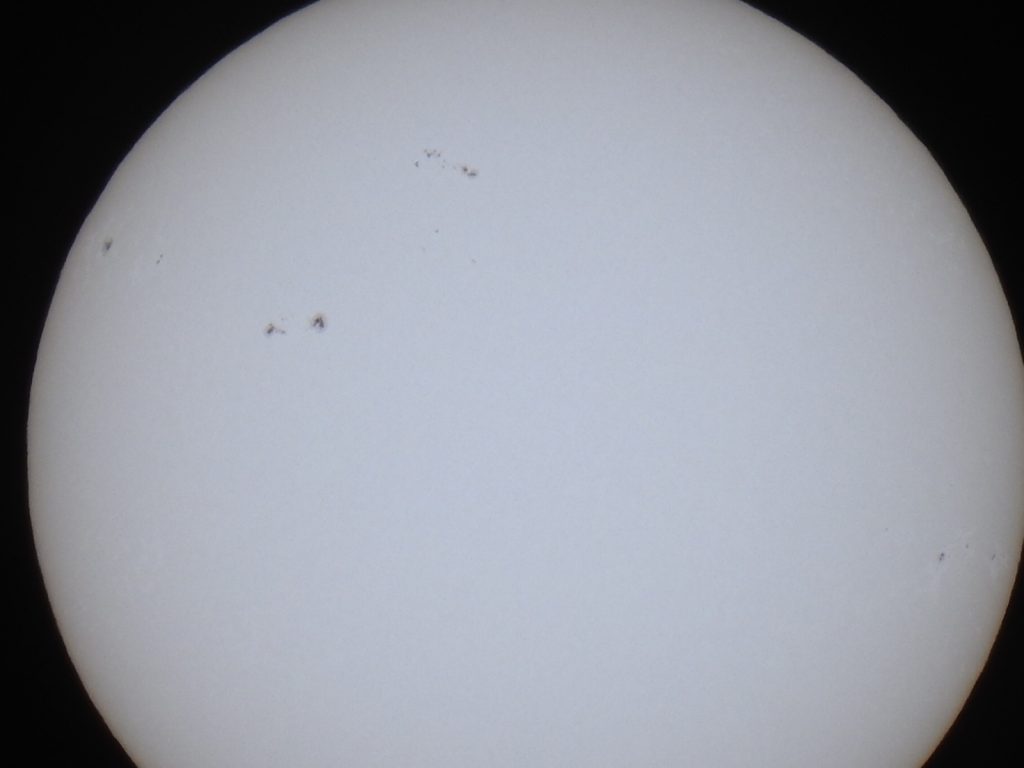

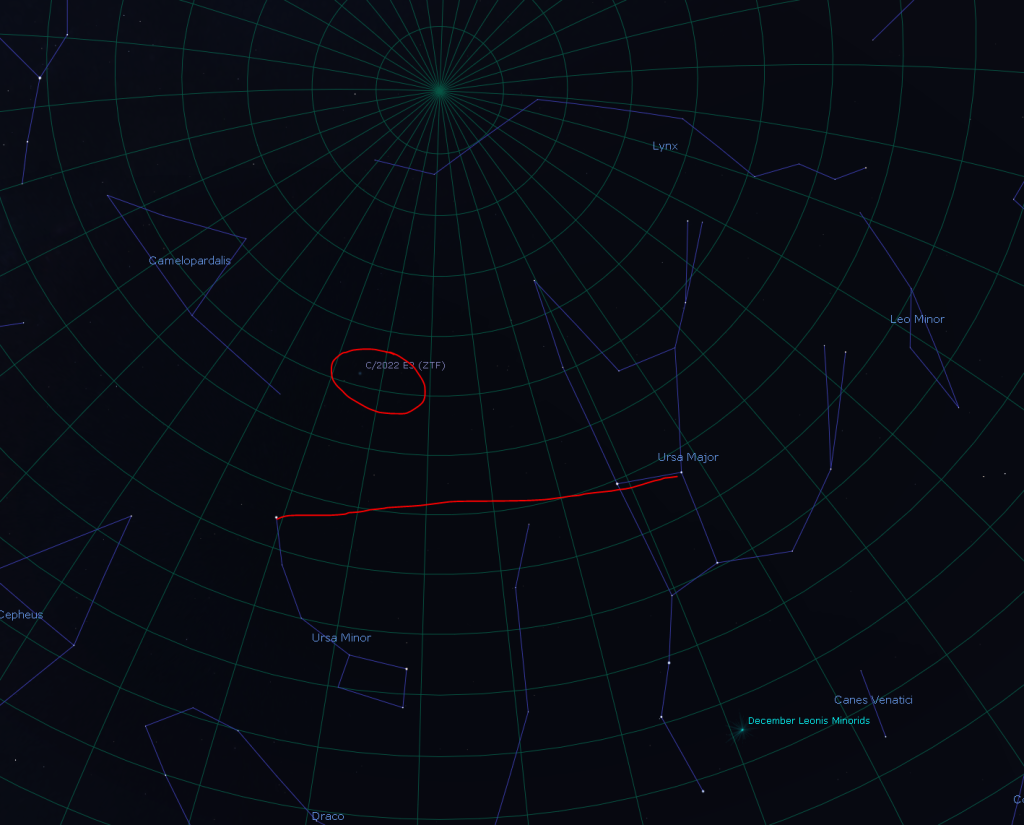



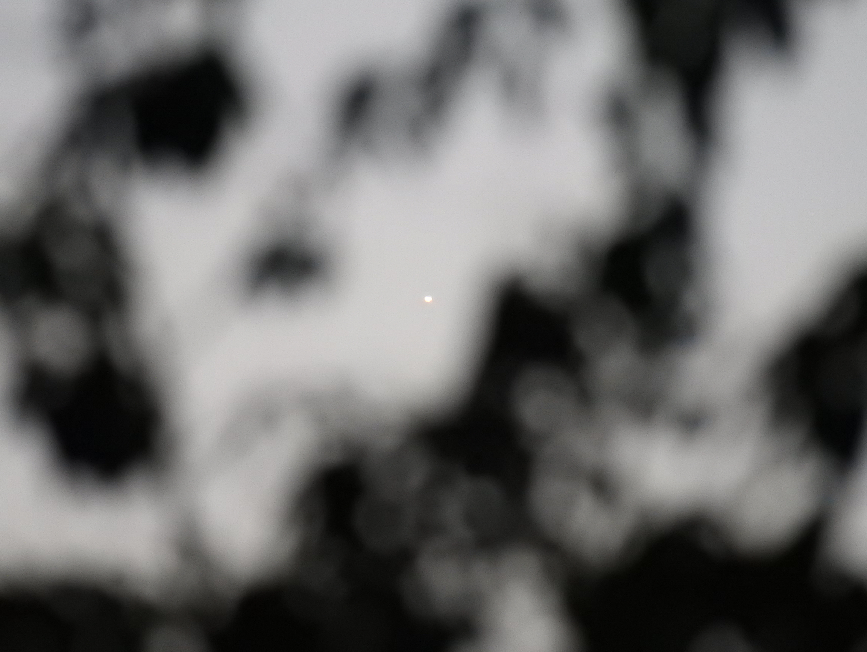
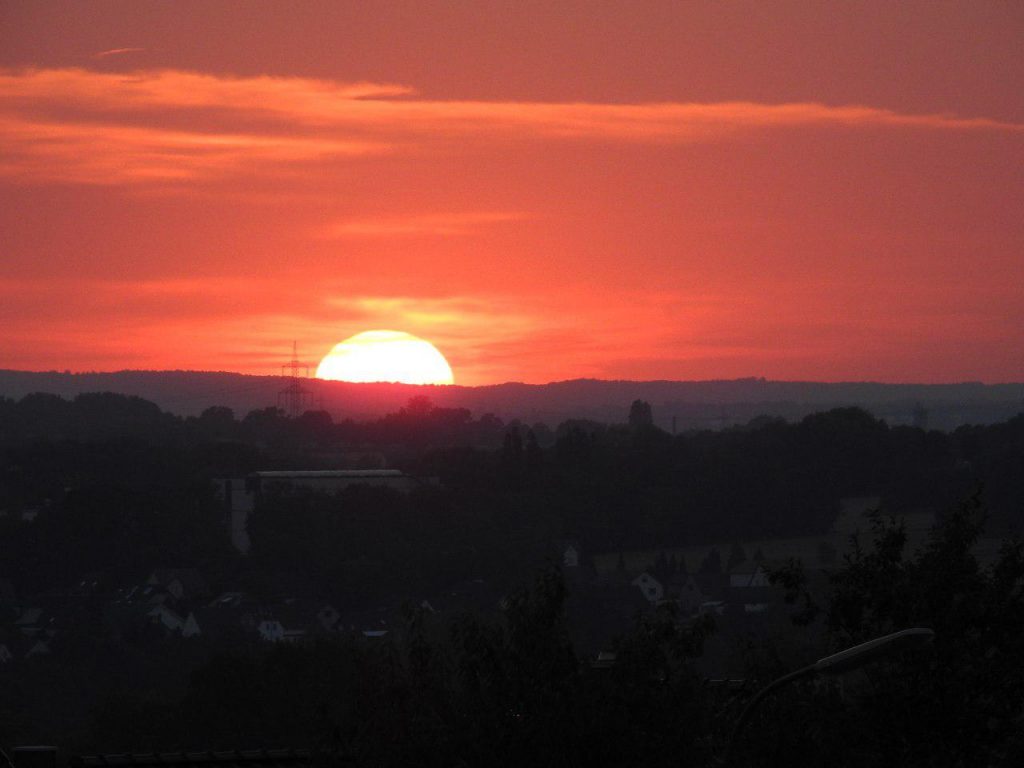
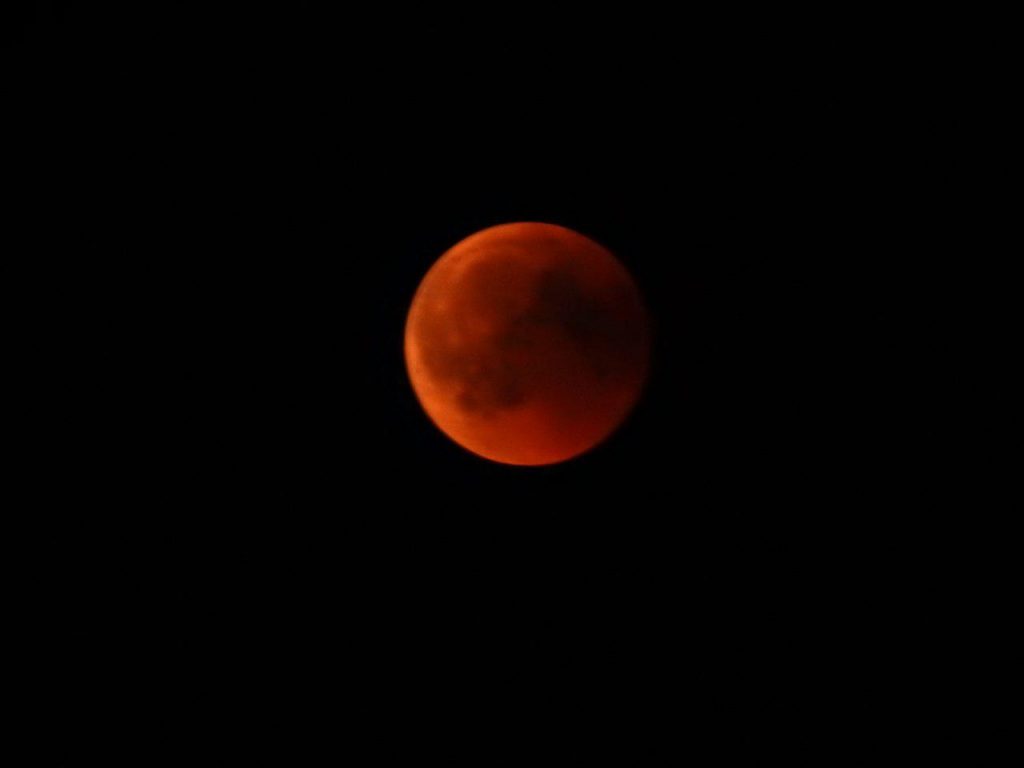
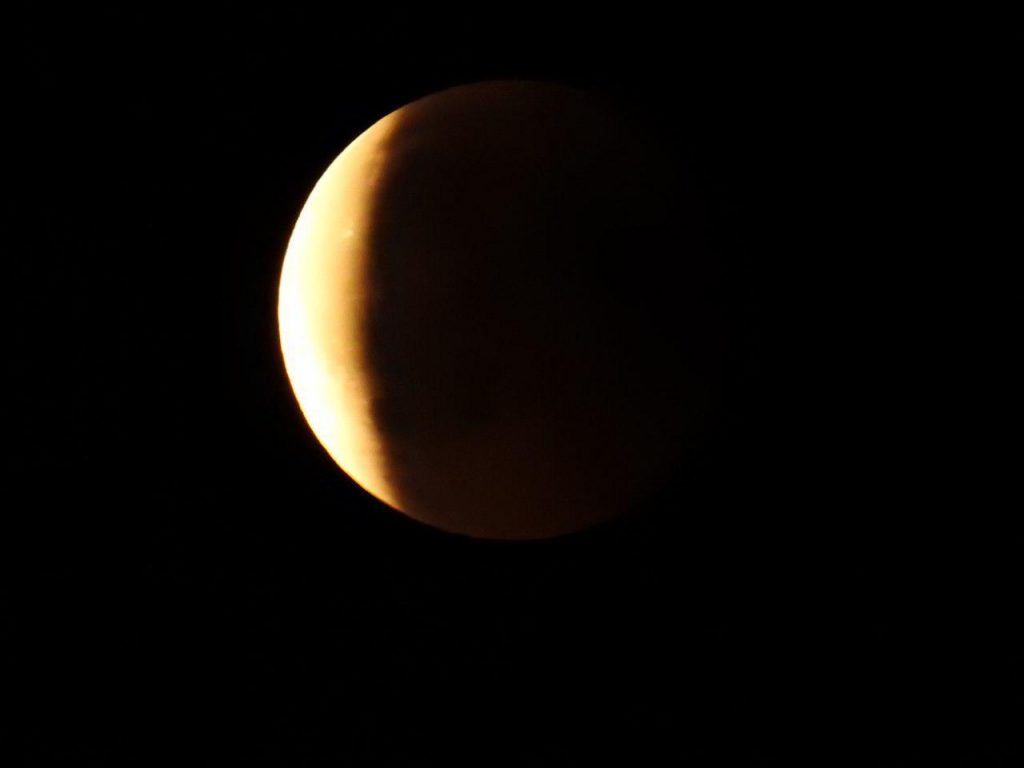
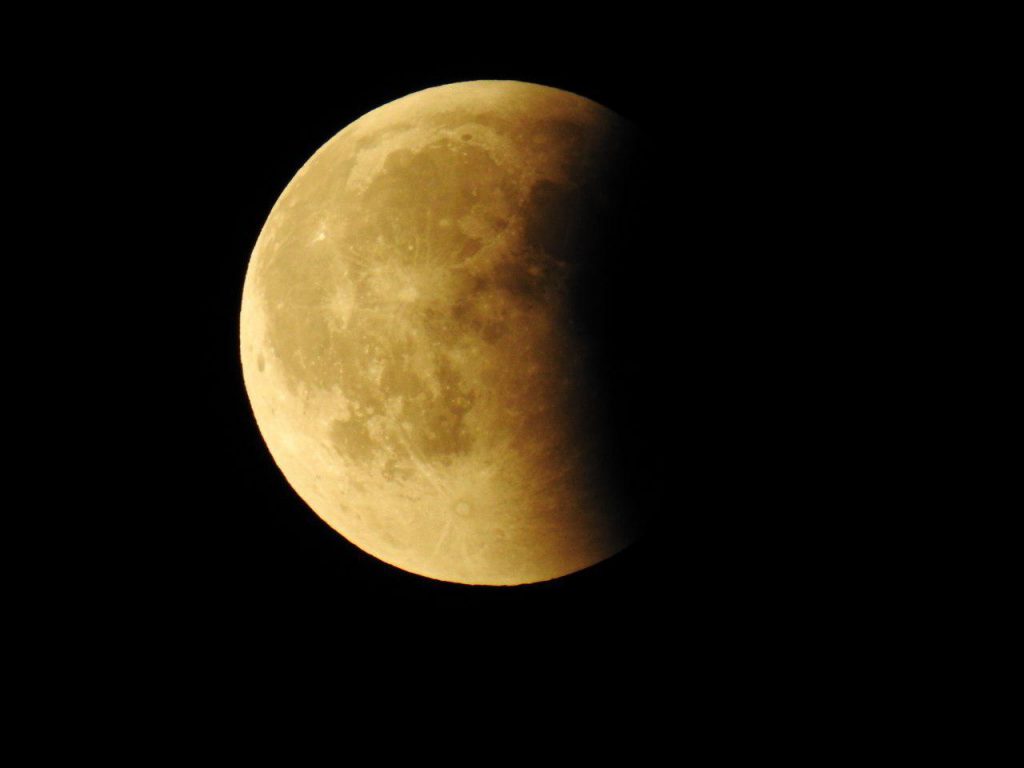
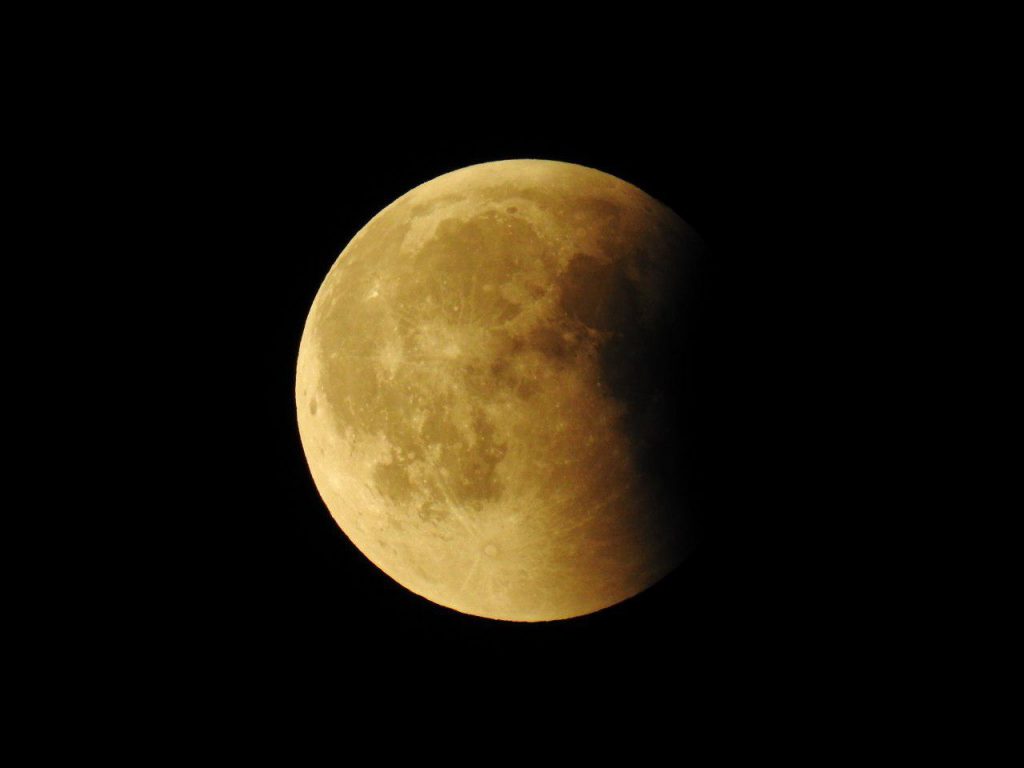
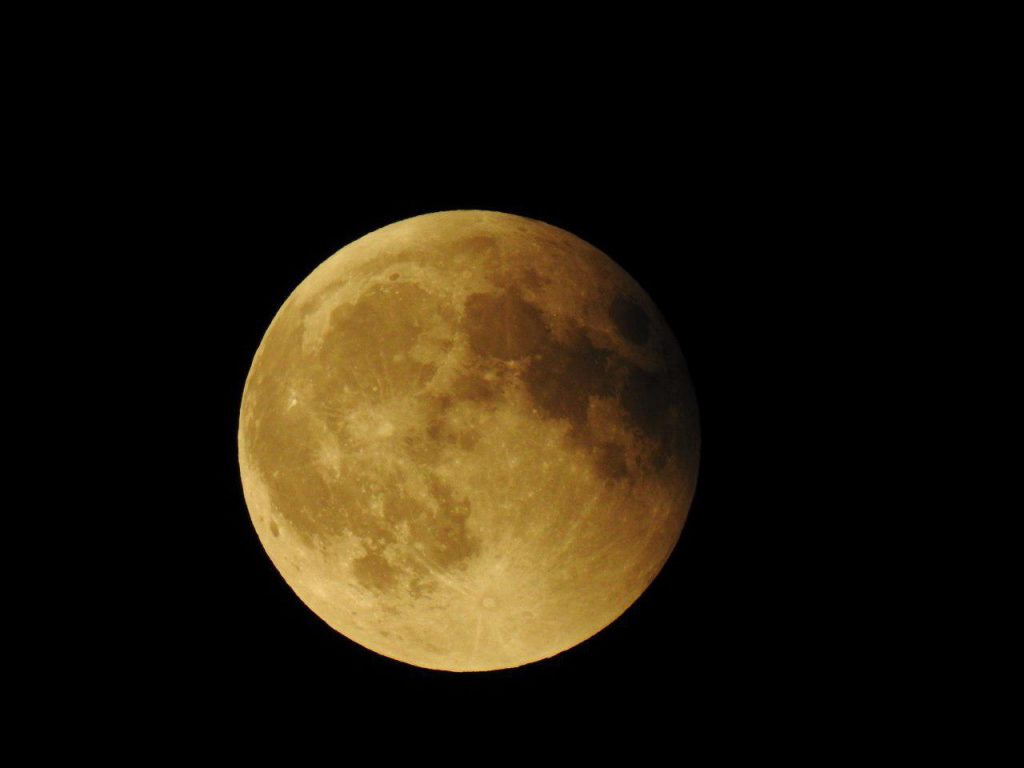
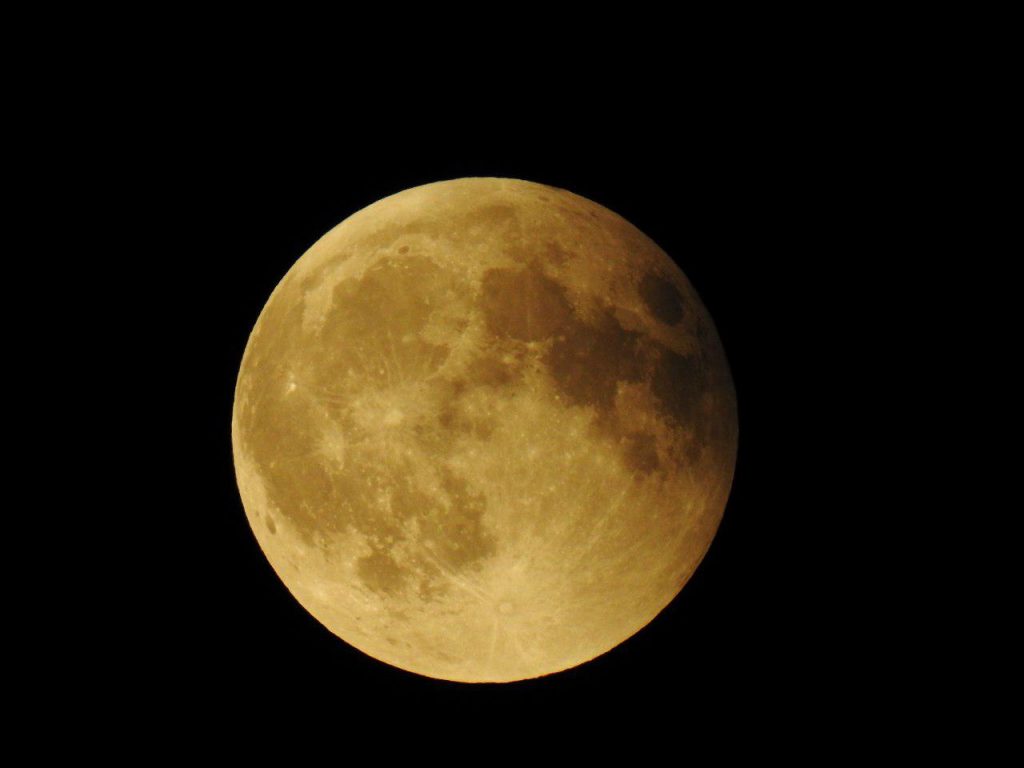



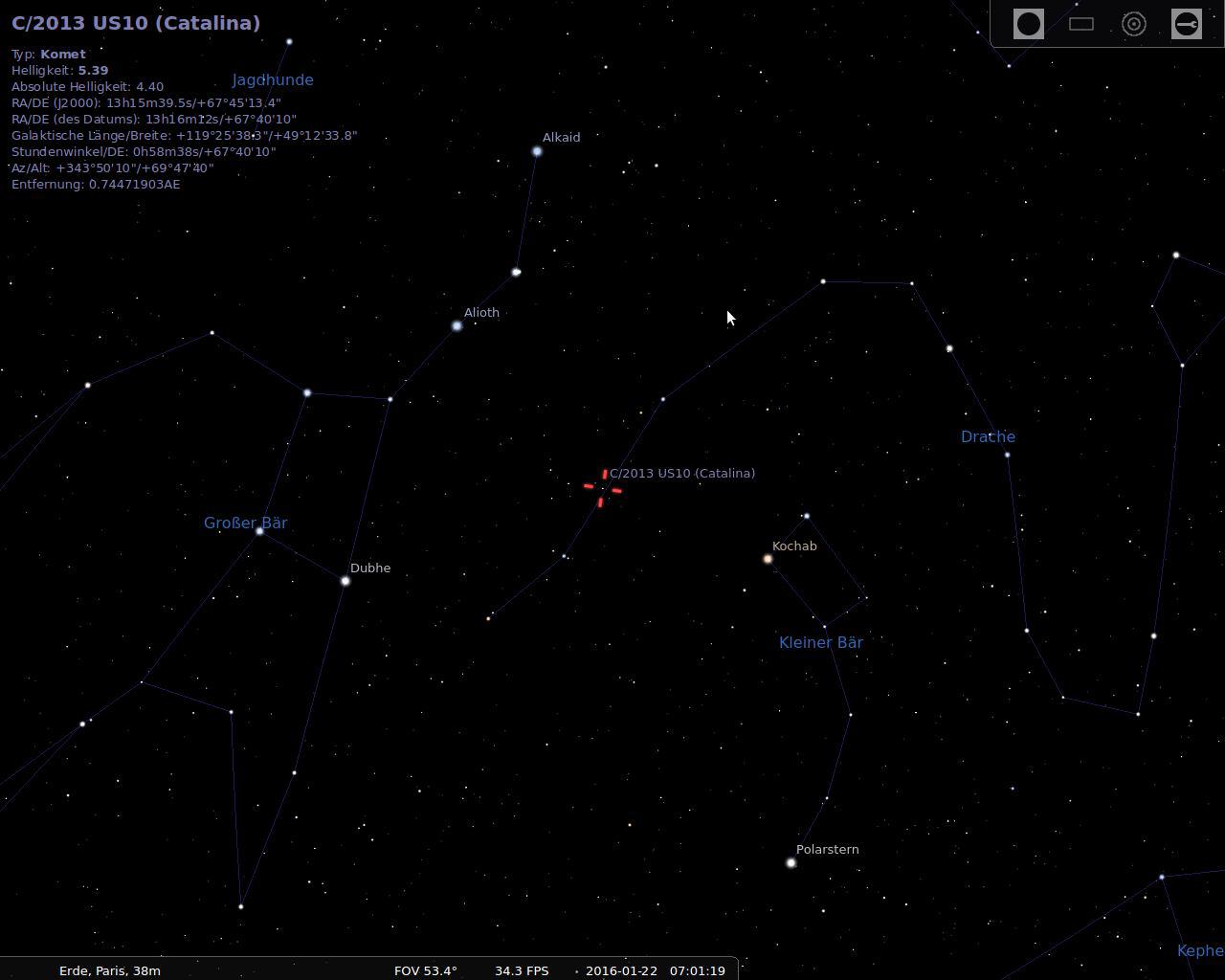
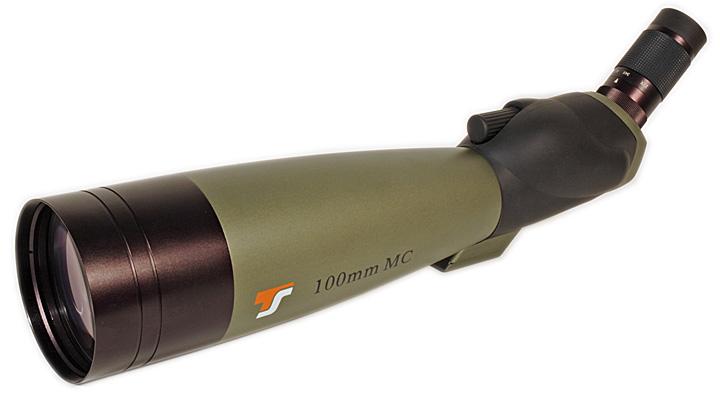

 Welcome to my Astronomy pages. On the left, you can see the instrument I use for observing: A Super Polaris C8 which I bought from the States back in 1994 or so from wholesale optics of Pennsylvania, which later turned into “Pocono Mountain Optics” and then sadly went out of business, I believe.
Welcome to my Astronomy pages. On the left, you can see the instrument I use for observing: A Super Polaris C8 which I bought from the States back in 1994 or so from wholesale optics of Pennsylvania, which later turned into “Pocono Mountain Optics” and then sadly went out of business, I believe.